
All categories
Featured selections
Trade Assurance
Buyer Central
Help Center
Get the app
Become a supplier

(100 products available)







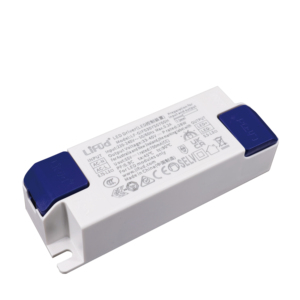

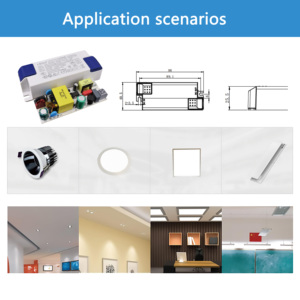

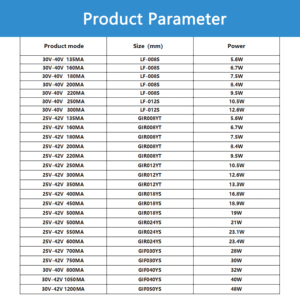


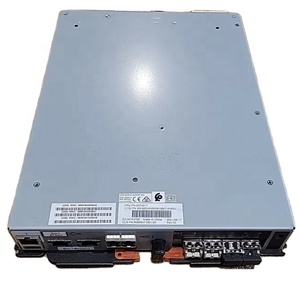
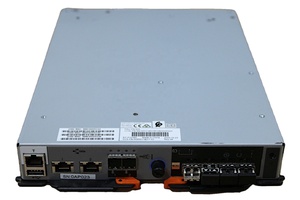
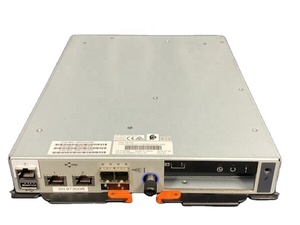





















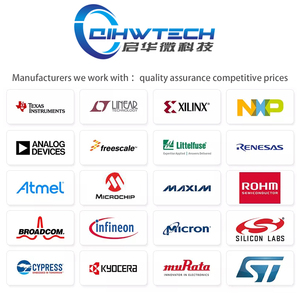







The TL494 PWM controller comes in different types. Each of these variations is optimized for particular operation modes and power management configurations. The device has several flexible features serving several applications, from power supplies to motor control systems.
The following are types of the PWM controller:
Integrated PWM and Error Amplifier Configuration
This configuration integrates PWM (Pulse Width Modulation) with an in-built error amplifier. So, it is widely used in power supply applications. Here, the PWM is responsible for adjusting the output voltage. It, therefore, maintains a stable output despite variations in input voltage or load conditions.
The error amplifier compares the output voltage to a reference voltage. Then, it generates an error signal. This error signal is vital as it adjusts the PWM duty cycle accordingly. Thus, it ensures the output voltage stays within the desired range.
This type of controller is valuable in switch-mode power supplies (SMPS). These supplies are commonly found in computers, telecommunications gear, and other electronic devices requiring high efficiency.
Master-Slave Configuration
In systems with multiple outputs, one TL494 can act as a master controller while others act as slave controllers. In this case, the master controller generates the PWM signals. It then distributes them to the slave controllers. The slaves will then ensure that their respective outputs follow the master’s signal.
This configuration is useful in situations requiring multiple power rails. An example is in complex industrial systems or large telecommunications units.
Switching Power Supplies
The TL494 is famous in industrial-grade switching power supplies. These power supplies are crucial in providing stable and regulated power to various equipment. They work by adjusting and efficiently converting varying input voltages to the needed output voltages.
Transformers in power supplies can cause overheating and damage to electrical systems. However, the controller’s PWM capability ensures the output voltage does not exceed the required value. Thus protecting the transformers and other sensitive components from possible disasters.
Also, this controller’s high electrical efficiency is necessary for this function. It helps minimize energy loss and, therefore, lowers operational costs and improves energy utilization in power supply systems.
DC Motors in Industrial Drives
DC motors are commonplace in industrial drives. They control the speed and torque of these motors using the TL494. In these applications, the controller modulates the motor’s voltage and current to achieve the preferred speed finely.
The ability to provide this precise control promotes productivity as it allows operations at optimal conditions. Also, it reduces mechanical wear, hence extending equipment life.
Battery Charging Systems
TLA494 PWM controllers are mainly employed in industrial battery chargers for rechargeable battery systems. These systems, after detecting the charge state of a battery, adjust the charging voltage and current.
This is done by the controller’s PWM signal. Thus, it ensures safe and efficient charging of the batteries without overcharging them. Overcharging can cause battery damage or reduce its subsequent effectiveness.
This application is vital in industries dealing with large-scale battery systems, such as uninterruptible power supplies (UPS) in data centers and electric fork lifts in warehouses and outdoor-facing environments.
For any device to work efficiently and safely, installation is crucial. Below is the installation guide for the TL494 PWM controller:
The TL494 controller requires minimal maintenance. Nonetheless, regular checks help with operational efficiency. Below are guides on maintenance and repairs:
Buyers should consider several factors when selecting the right TL494 PWM controller for their business. Below are the key factors:
Application Requirements
Different industries use these controllers for varying demands. For example, power supply designers require high stability and performance in voltage regulation. On the other hand, motor control applications may need precise PWM signal output and varying duty cycles. The output voltage range, frequency, and load capability should be considered according to the application.
Output Configuration
TL494 controllers have two PWM outputs. Each can be configured independently. Therefore, buyers should ensure the controller they choose suits their desired output configuration. It helps users effectively manage several power stages or motor drives.
Industrial Compatibility
In industrial settings, these controllers must, at the very least, withstand harsh environmental factors. Such factors include extreme temperatures and electrical noise. Buyers should go for controllers with enhanced durability and proper heat dissipation mechanisms. They ensure compatibility with industrial standards.
Design Flexibility
The TL494 controller allows flexibility in design. This feature is quintessential when users are customizing power circuits to meet specific requirements. Buyers should consider the flexibility level in their preferred controller designs. It will ensure their clients can optimize performance for the desired applications swiftly.
A.The TL494 has two error amplifiers, a voltage divider, and a PWM comparator. This variety of components makes it versatile in many power applications.
A.The main function of the device is to regulate the output voltage in switching power supplies. It does this by adjusting the PWM signals based on feedback from the output voltage.
A.Customs should consider voltage range, efficiency, and load capability. These three factors significantly impact the overall performance and operational stability of the system.
A.No. The controller is designed to operate seamlessly. It will, therefore, require no additional modifications to work in industrial settings.